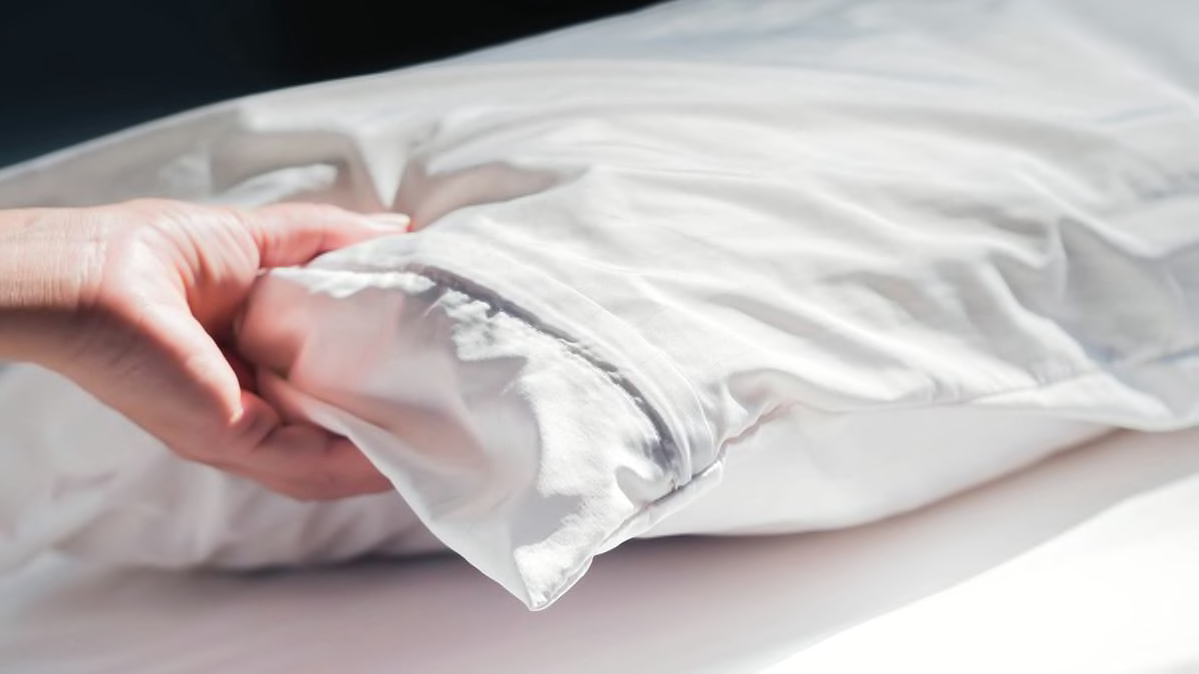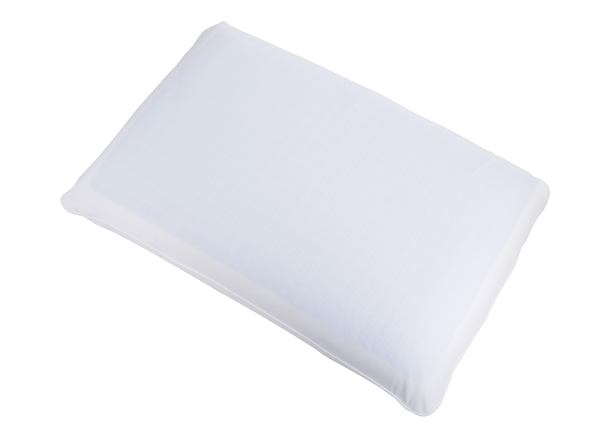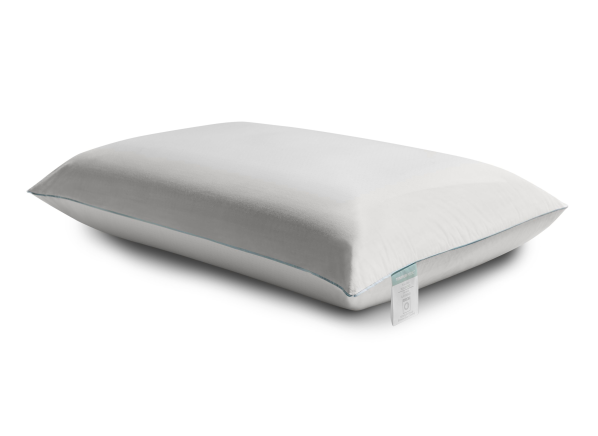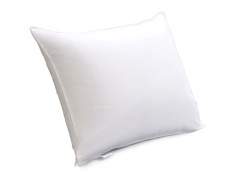
When your head touches the pillow at night, the fact that it could be making you sick probably never crosses your mind. But there's something lurking inside that could be harming your health: dust mites.
These microscopic bugs and their droppings are a common household allergen that can be found in bedding, mattresses, upholstered furniture, and curtains—anywhere moisture and dead skin cells collect. Pillows, though, are one of their favorite homes.
"Over time, hair, dead skin cells, sweat, and drool build up on the pillow," says Neil Kao, M.D., an allergist-immunologist in Greenville, S.C.
The result is a smorgasbord for dust mites but bad news for you.
"Dust mite debris can trigger allergies and asthma," says Melanie Carver, vice president of community health at the Asthma and Allergy Foundation of America (AAFA). Symptoms can range from itchy eyes and runny noses, some of which can be remedied by over-the-counter medication, to difficulty breathing and sleeping, according to the American Lung Association.
"For people with dust mite allergy and asthma, reducing exposure to dust mites is an important part of their allergy or asthma management plan," Carver says.
A pillow protector that's certified by the AAFA to reduce dust mites can help.
"They have microscopic pores that are too small for dead cells and hairs to pass through into the pillow," Kao explains.
And dust mites have a tough time building their homes without a food source. Regular pillow protectors that are not certified to combat dust mites might help your pillow last longer, but they won't do anything for your allergies.
You can expect to pay anywhere from $7 to $30 for a regular pillow protector and $20 to $60 for an AAFA-certified pillow protector.
Finding the Right Pillow Protector
For a protector that will keep dust mites out of your pillow, check the product label for a fabric pore size (the size of openings in the weave) no greater than 6 micrometers or microns, and look for words such as "woven fabric."
You can also look for pillow protectors that are certified by the AAFA; these will say "Certified Asthma and Allergy Friendly" or "Meets Certification Standards" on the packaging, along with the AAFA logo.
Pillows with this certification have been tested to make sure they block more than 99 percent of dust mite allergen before the first wash, and 95 percent after 18 washes. You can also see the pillow protectors that have been tested on the AAFA's certified products website.
But you're not done just because you've zipped a protector over your pillow. Remember to wash the pillow and the protector regularly. "We recommend that bedding materials be washed weekly in hot water to remove dust mites," says Carver.
Just remember that repeated washings can degrade a pillow protector's permeability. So check the manufacturer's recommendation for when to replace it. As a general rule of thumb, Carver suggests replacing it every two years or sooner.
Shopping for pillows along with pillow protectors? Below, CR members can see ratings of the top four pillows from CR's first-ever pillow tests.




















